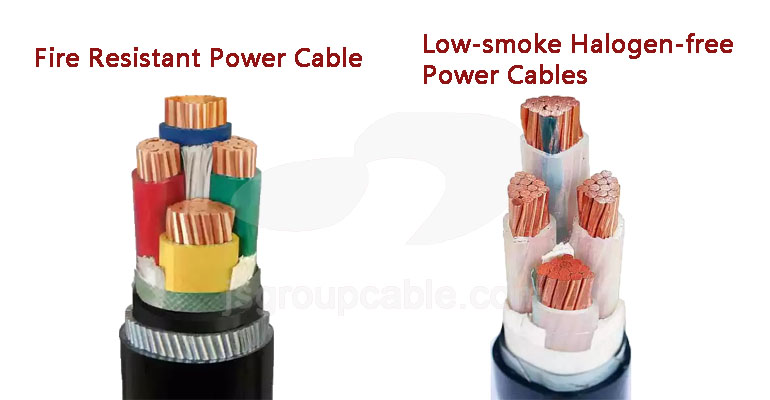- Offices Time:24 Hours Online
- Email:[email protected]
- WhatsApp:+8618339938759

Posted on December 29, 2022
Can fireproof cables really be fireproof?
Cables have now become a necessary item in our life and production, and the accidents caused by wires and cables, especially the explosion of wires and cables after burning, can easily cause casualties. Fire accidents continue, and the outer sheaths of ordinary wires and cables are mostly plastic and rubber products. After being burned by fire, these materials will release a large amount of smoke and toxic gases. Once the cable burns and explodes, it will also cause serious damage to the surrounding residents and the environment. hazards.
Why do some cables catch fire or even explode?
There are many reasons for a cable to catch fire. We have summarized the five most common ones: short circuit, overload, breakdown, burning cable head, and external fire source. The general situation is that the insulation layer of the cable is damaged, which causes a short circuit and causes the outer sheath material of the cable to burn. If the cable is overloaded for a long time, serious heating will occur. If it is running at this time, it is an old one. cable, then it is easy to break down and cause a fire.
Another very common reason is that the cable head burns. If the surface of the cable head is damp or dirty, the porcelain sleeve of the cable head is broken and the distance between the lead-out wires is too small, resulting in fire, causing the surface insulation of the cable head and the insulation of the lead-out wires to burn. , Of course, there is another reason that the external fire source burns the cable, which causes the cable to burn or even explode.
Therefore, in order to reduce the loss caused by the burning of cables, fire-resistant cables are designed. Fire-resistant cables are people’s general term for the characteristics of flame-retardant cables and fire-resistant cables. They all have certain fire-proof characteristics, but many people can’t tell the difference between flame-retardant The concept of cables and fire-resistant cables, from the characteristics of their use, fire-resistant cables can replace flame-retardant cables, but flame-retardant cables cannot replace fire-resistant cables.

The difference between the working principles of the two
The working principle of the flame-retardant cable is realized by the flame-retardant effect of halogen, and there is also a halogen-free flame-retardant cable. It uses the precipitated water to reduce the temperature, but the working principle of the fire-resistant cable is different from that of the flame-retardant cable. The material of the fire-resistant cable contains a mica material, which has extremely high fire resistance and can be used normally in a fire.
After understanding the difference in the working principles of the two, it can be seen that the flame-retardant cable is also afraid of fire, just because of the flame-retardant material, which can kill the fire in the cradle, and the fire-resistant cable is different, its own fire-resistant layer structure, in the It can also keep working normally in the fire, so in many cases, fire-resistant cables can be used to replace flame-retardant cables.
So neither flame-retardant cables nor fire-resistant cables will burn?
Flame-retardant cables have a high degree of non-combustibility, a small combustion range, and can be automatically extinguished after the fire source disappears, but the flame-retardant cable itself will still burn, not completely non-combustible. In the same way, the fire-resistant cable is the same, and it will also burn. The flame-retardant cable lowers the temperature through the flame-retardant effect of special materials, and the fire-resistant cable relies on its unique fire-resistant layer to ensure that it can work normally in a fire, so Fire-resistant cables are better than flame-retardant cables in some occasions.
Post categories
Most Popular Posts
-
The 136th Canton Fair welcomes you to participate!
October 12, 2024 -
High temperature cable introduction
July 26, 2024 -
Kenya Power and Energy Exhibition 2024
June 11, 2024 -
Introduction of rubber sheathed cable
June 5, 2024





